injury
Latest
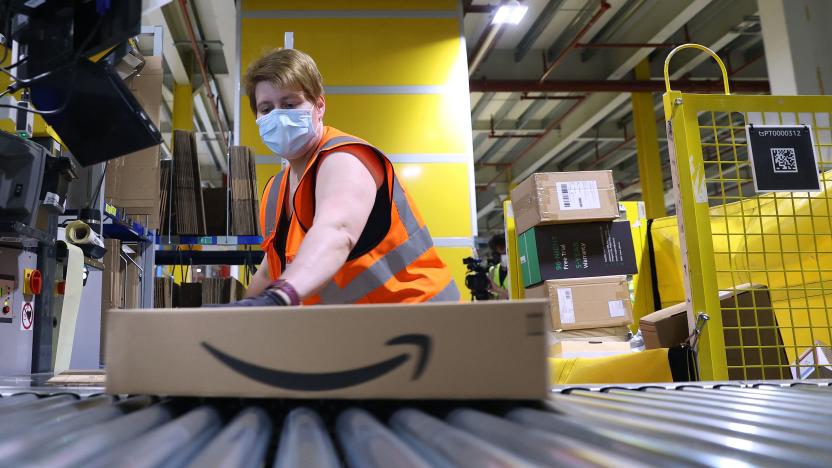
California could force Amazon to improve conditions for warehouse workers
A bill targeting warehouse quotas is expected to go to a State Senate vote this week.
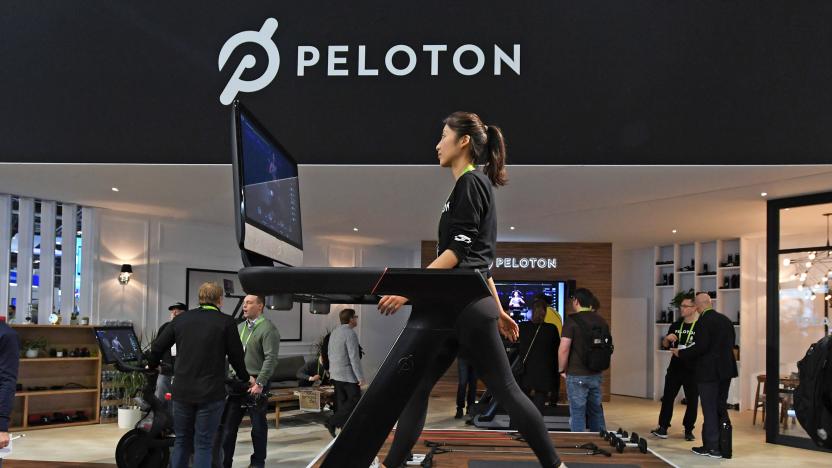
Peloton is recalling its treadmills after numerous injuries and one death
The company will no longer sell Tread or Tread+ in the US.
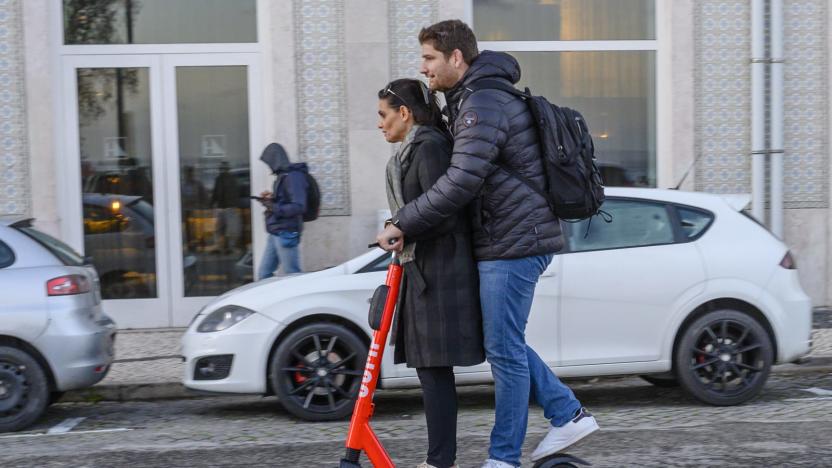
E-scooter injuries quadrupled in four years
It probably won't shock you to hear that the rise of e-scooters and their matching services has led to more injuries, but researchers now have some more tangible proof. A UCSF study indicates that electric scooter-related injuries in the US jumped 222 percent between 2014 and 2018, with over 39,000 people hurting themselves. There were 'only' about 3,300 hospital admissions, but that's an increase of a staggering 365 percent. Most first-time injuries came to the 18-to-34 crowd. And yes, the lack of helmets was a problem -- almost a third of injuries involved some kind of head trauma.

Report claims Tesla's medical clinic denied factory workers care
Earlier this year, The Center for Investigative Reporting's Reveal published a report claiming Tesla was undercounting its worker injuries and ignoring safety concerns presented by its factory managers. Now, in a new report, Reveal says the company's medical clinic has withheld medical care and work restrictions in order to minimize how many injuries Tesla has to include on its official injury records.
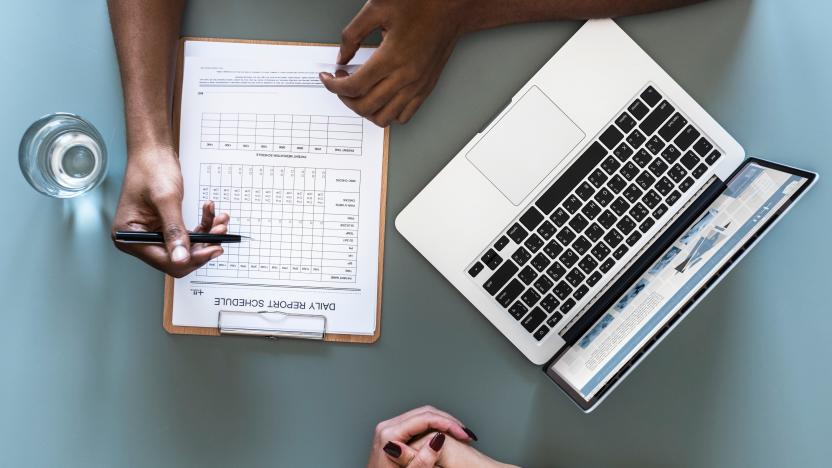
FDA says unapproved 'designer vagina' treatments are dangerous
Cellulite, thigh gaps, hip dips... women have no end of supposed physical "flaws" to worry about, and in recent times this remit has expanded to include the state of their vaginas, too. The internet is awash with products designed to improve a woman's "intimate health", but now the FDA has found that these treatments and procedures -- which claim to tighten muscles, increase lubrication, boost sexual pleasure or just "neaten things up" -- are not only unapproved, but are causing serious injuries to the women undertaking them.

Caviar will cover medical costs for injured couriers
Insurance for app-based couriers and drivers tends to be inconsistent. It's not always available, sometimes costs drivers extra and may be focused more on protecting the company than the worker. Square's restaurant delivery service Caviar is addressing this gap by launching Occupational Accident coverage that will cover costs for injuries suffered on the job. If they're hurt picking up or delivering food, they'll receive up to $1 million per accident, $100,000 in accidental death and survivor's benefits and disability pay that equates to 50 percent of their average weekly earnings. This won't cost extra to couriers, and it starts the very moment they start accepting customers.
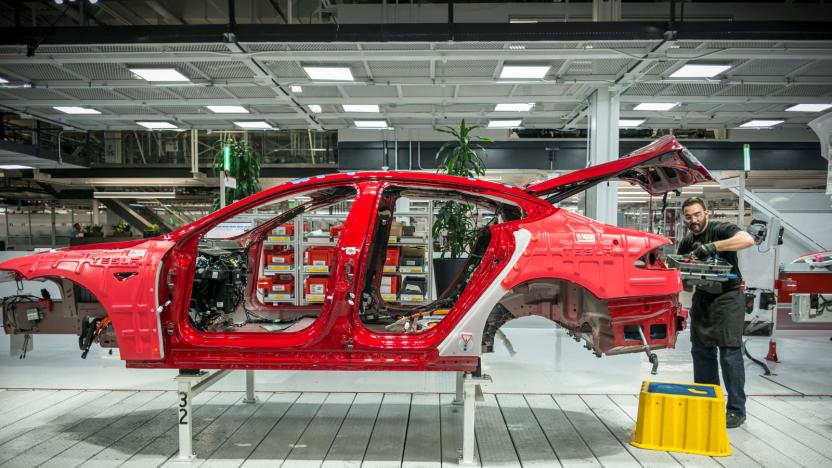
Tesla may be purposefully undercounting worker injuries (updated)
In a report published today, Reveal details evidence that Tesla has been undercounting the injuries sustained by workers at its Fremont, California factory. Over the last couple of years, injury rates at the factory have been higher than the industry average, but for 2017, the company reported a sharp drop in injury rates. The reductions brought Tesla in line with the rest of the industry, but Reveal's investigation, in which it conducted interviews with more than three dozen current and former employees and reviewed hundreds of pages of official documents, suggests that the company has been mislabeling work injuries.
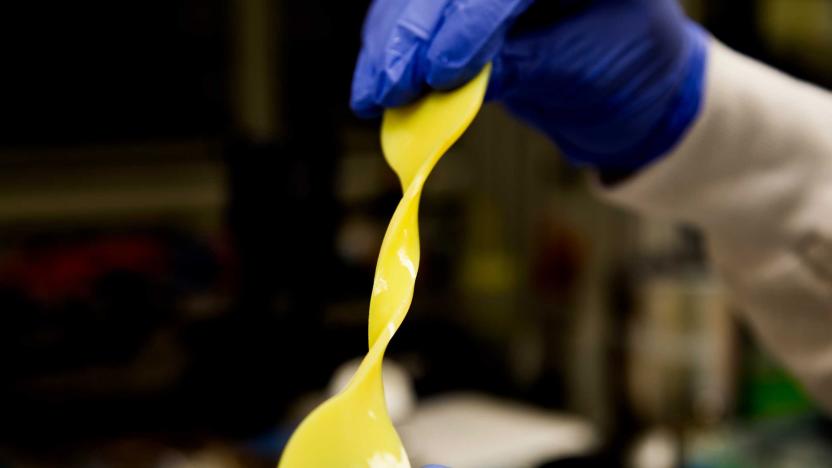
Kevlar cartilage could help you recover from joint injuries
It can be difficult to fully recover from knee injuries or other damage to your joints, if just because there hasn't been an artificial replacement for cartilage that can withstand as much punishment as the real thing. That may not be an issue in the long run, though: scientists have developed a Kevlar-based hydrogel that behaves like natural cartilage. It mixes a network of Kevlar nanofibers with polyvinyl alcohol to absorb water at rest (like real cartilage does in idle moments) and become extremely resistant to abuse, but releases it under stress -- say, a workout at the gym.

The UFC's big bet to keep fighters fighting
This article contains images of violence that may upset or offend. If you're curious about what the world's preeminent mixed martial arts competition is like but did not pay as much as several thousand dollars for Madison Square Garden seats last Saturday, here are some of the sights UFC 217 offered: Light heavyweight prelim bout. Corey Anderson's head hits the canvas with a resounding whump. The culprit: a crashing left kick to the jaw from a now-strutting Ovince Saint Preux. Each replay of the knockout garners a spontaneous "oh!" -- equal parts exhilaration and wincing -- from the mostly male, disproportionately swole, crowd of 18,000. M.O.P.'s "Ante Up" plays after the bout. Heavyweight prelim bout. "Elbow him in the face!" a man yells as Walt Harris of Alabama and Mark Godbeer of England face off. There's no decisive elbow, but the 6-foot-5-inch, 250-pound Harris does plant a solid -- and illegal -- knee into Godbeer's groin. As the Brit backs off, Harris sends a kick to his face. The ref stops the fight and Harris is disqualified. Women's strawweight title bout. Fiery champion Joanna Jedrzejczyk is dethroned in just over three minutes by Rose Namajunas, a lithe, quietly confident 5-foot-5 fighter with a buzz cut. Fighters often jockey for a dominant position over a grounded opponent from which to punch their head repeatedly -- known as "ground and pound" -- which can end a fight. In this case, Namajunas sinks Jedrzejczyk with a left hook, then pounces for a dozen or so punches to her defenseless skull until the champion surrenders. There were 11 fights in total; we haven't even gotten to the marquee event. Yet somehow, this was one of the less violent nights in the Ultimate Fighting Championship's 24-year existence.

3D gel stacks can grow enough stem cells to treat brain disease
Programmed stem cells promise to tackle all kinds of illnesses, but there's one catch: making them. It's hard to cultivate large numbers of them, and the need to grow them on 2D surfaces isn't very practical. That's where researchers might come to the rescue: they've developed a method of growing neural stem cells in large volumes, but without chewing up too much valuable real estate. The trick is to use polymer-based gels that allow these juvenile cells to grow in 3D stacks.
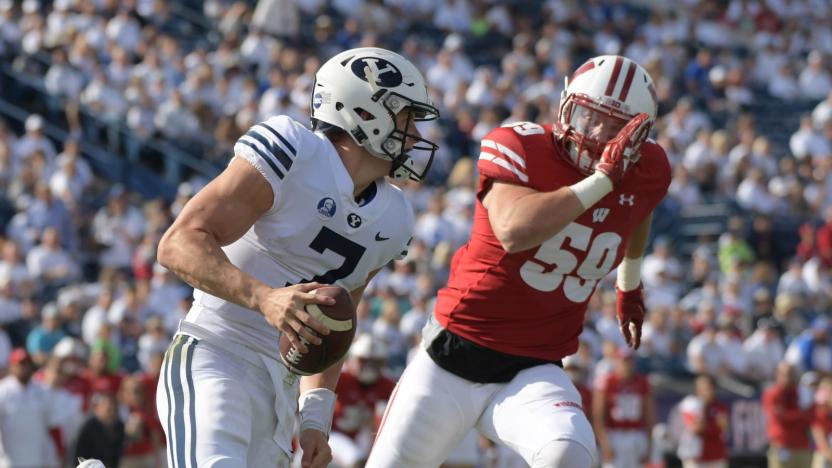
BYU develops sports helmet foam for real-time concussion detection
Cranial collisions are haunting the sports world more and more. A recent survey of 111 former football player's brains found that 110 showed signs of chronic traumatic encephalopathy (CTE), a degenerative disease caused by repeated blows like those delivered in the high-contact sport. Companies have been scrambling to provide ways to better track injuries during games, which is a complex undertaking. Researchers at BYU have introduced a non-interfering solution: A nanofoam cushioning that measures impacts in real-time.
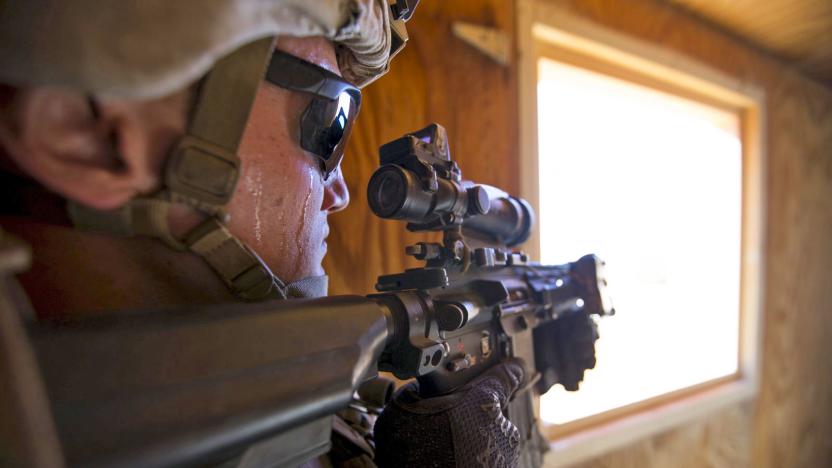
Smart body armor could gauge brain damage from explosions
Explosions are insidious. Even if a blast doesn't deliver a conspicuous injury, it can inflict brain trauma that might not be evident until much later. The US Navy's Office of Naval Research doesn't want medics to wait, though. It's developing Blast Load Assessment Sense and Test (conveniently, BLAST), a sensor system that could determine whether or not an explosion's shockwave is likely to have injured your brain. Tiny sensors in your helmet and body armor would record the blast pressure and share it with a scanner. When combined with a palm-sized neurological assessment tool (which stimulates your fingers to gauge your responses), the data would let medical teams quickly decide whether or not you're able to fight.
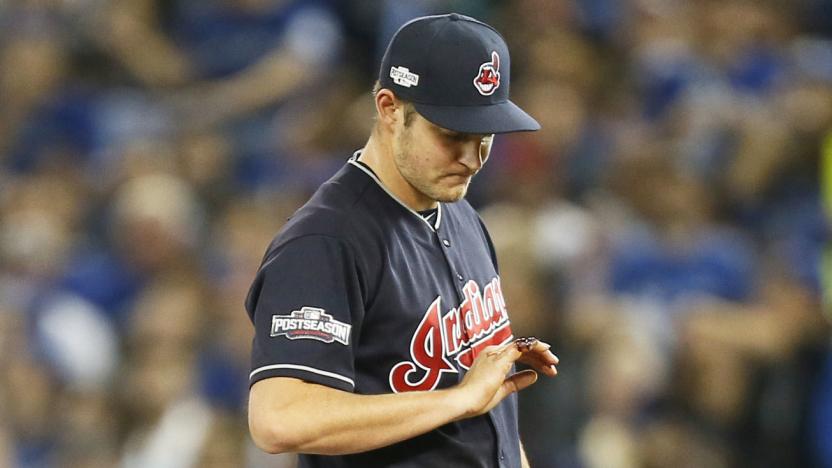
Cleveland pitcher leaves playoff game due to drone injury
I'm not sure if "drone" has appeared on a major league injury report before, but one of the flying machines has had an impact on an MLB ALCS playoff game. No one was injured by a drone at the ballpark in an Inglesias-like incident, but Cleveland pitcher Trevor Bauer cut his throwing hand on Friday and required stitches ahead of a scheduled start in game two of the team's series against Toronto. He healed enough to start tonight in game three, but the cut re-opened during the first inning and he had to leave early.
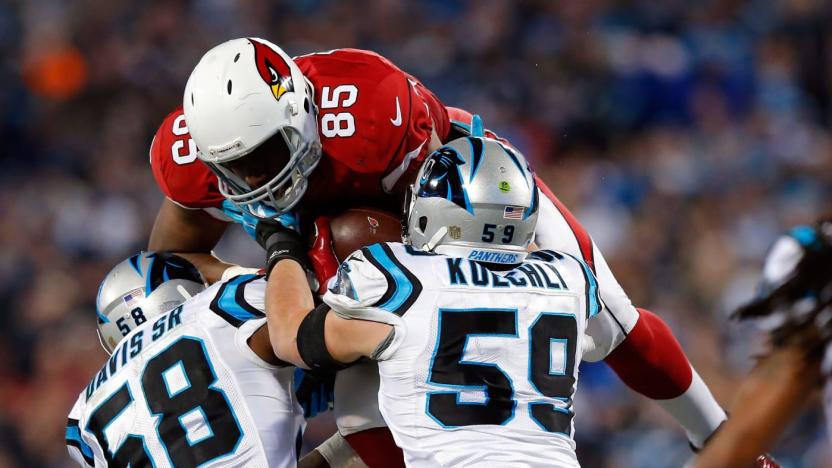
Panthers linebacker gets 3D-printed brace for Super Bowl
During the first quarter of the NFC Championship game nearly two weeks ago, Carolina Panthers All-Pro linebacker Thomas Davis broke his arm making a tackle. Immediately after the game, Davis said he had every intention of playing in Sunday's Super Bowl, and it looks like he'll be able to do so with the help of a 3D-printed brace. Whiteclouds, a 3D printing company, engineered the brace in about 8 hours last week, after receiving a 3D scan of Davis' forearm. What's more, when he takes the field this weekend, Whitclouds says it will be "the first time an NFL player has used a 3D-printed piece of equipment on the field."

Virtual wound will teach medics how to treat soldiers
Field medics have ways to practice their craft before they're helping soldiers on the battlefield, but it's hard for them to understand how wounds work until they're involved in a life-or-death rescue. UCLA scientists may have the tool these medics need, however: they've developed the first detailed injury simulation to show medics what to expect. The virtual gash could make you a bit queasy (sorry!), but it's uncannily accurate. A mix of fluid dynamics and in-depth mechanics (such as bones, skin and vessels) makes sure that blood flows much as it would from a real person.

Fizzy microparticles may save lives on the battlefield
Battlefield medics and paramedics rely on chemical-infused bandages to help stem blood loss and treat wounds. However, the blood itself is frequently their worst enemy -- it takes those chemicals away from where they're needed. Those first responders may soon have a much smarter solution, though. Researchers have developed bandages with a combination of powdered marble, acid and enzymes that fizzes on contact with blood, using the resulting bubbles to transport microparticles toward deeper vessels that need clotting. The particles currently travel in all directions, but scientists envision using an endoscope to send the fizz to where it's most useful.

Color-changing helmets could warn you about head injuries
Head injuries can be particularly sinister -- unless it's obvious that you took a bad blow, you might not get the help you need in time to mitigate the damage. University of Pennsylvania scientists may have an easy way to raise the red flag when you're hurt, however. They've crafted a polymer that changes color depending on the amount of force, giving anyone around you a sign that you've suffered some trauma. The key was to use holographic lithography to create photonic crystals whose structures change color when they deform. They don't require any power to work, and they're light enough that you could apply them to a helmet without noticing a significant weight difference.

Chlorine leak injures five at Apple data center
It hasn't been the best week for Apple. After a small fire broke out at its Arizona facility, it's now dealing with a chlorine leak at its data center in North Carolina. Catawba County Emergency Services swept in with a HazMat team yesterday and five employees were taken to a local hospital for treatment. Apple admits the workers could have been exposed to fumes after the chemical, used to clean its cooling systems, was spilled inside the building. All of the employees have since been discharged from the hospital and Apple says they should be able to return to work today. "The spill was quickly contained and poses no threat to anyone else at the facility," an Apple spokesperson told WSOC-TV.

Quit playin' 'Candy Crush' or you'll hurt yourself
Humans are bred to lie, and while police officers probably receive the bulk of our untruths, doctors get a fair share as well. Like, when someone walks into a clinic complaining of a busted tendon in their hand, it's only natural that they'd say that they were, uh, playing Candy Crush too hard than tell the truth. It's the story that the San Diego Union Tribune is running with after an orthopedic surgeon revealed that a patient ruptured the tendons in their thumb while playing the addictive mobile game on their smartphone. Joking aside, Dr. Dori Cage has advised the public against the dangers of "texting thumb," a repetitive stress injury caused by the prevalence of smartphones. So, if you start to feel a soreness in your fingers or thumbs after an extended session, just put your device down for a little while, okay? [Image Credit: Bloomberg / Getty Images]

Nanotech replaces your torn knee ligament without further pain
As Tom Brady and other athletes can attest, you really, really want to avoid tearing your knee's anterior cruciate ligament (ACL). It can't heal up, and the tendon graft used to reconstruct it will likely leave you with permanent pain. Victims may have a much easier time of things if Northwestern University's nanotechnology-infused ligament becomes a practical reality, though. Their remedy combines calcium nanocrystals (like those in your bones), a porous biomaterial and strong polyester fibers to replace your ACL without having to perform grafts and leave you in continued agony. Both the artificial implant and the bone integrate with each other, stabilizing the knee in a way that both lets you move more naturally and spares you from losing some muscle.









